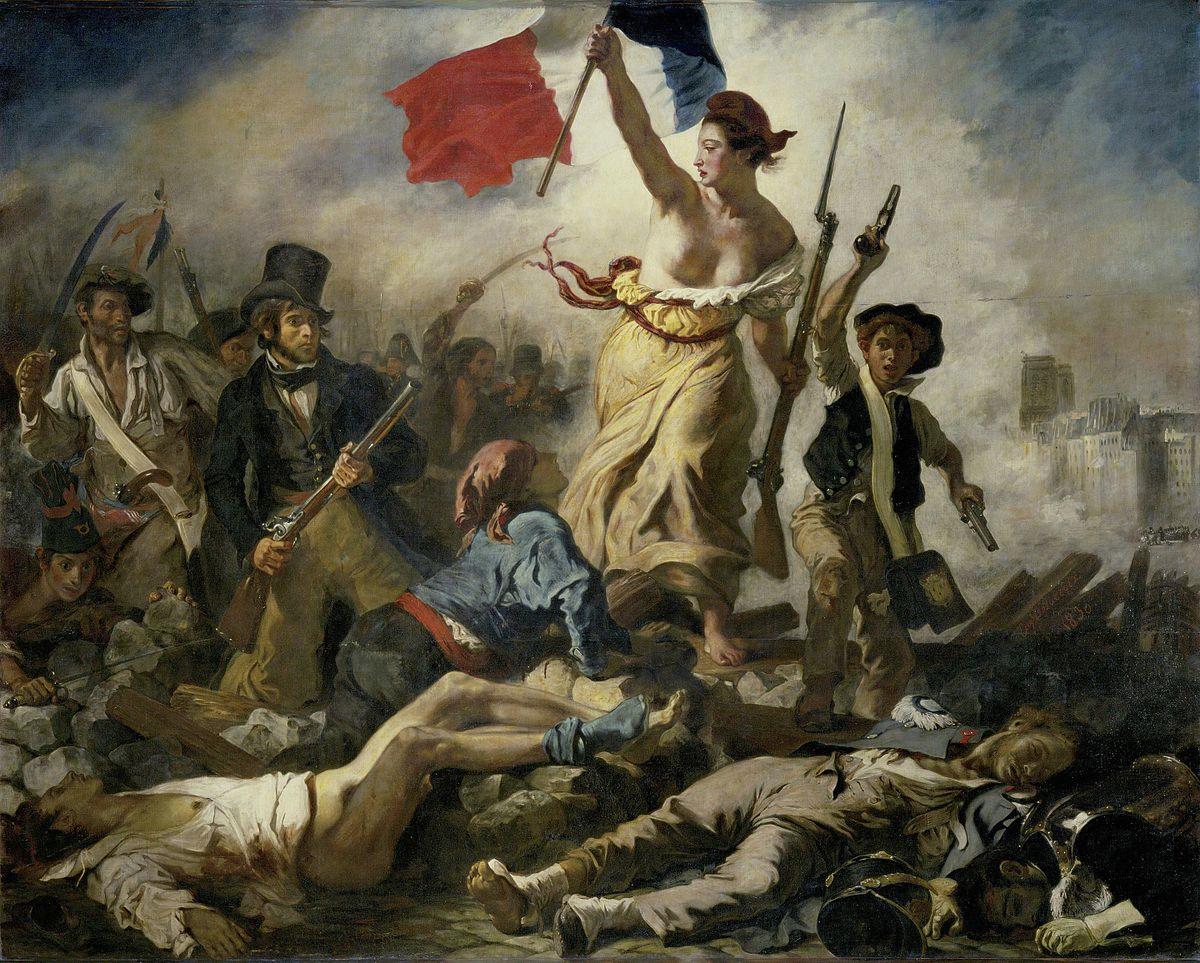
Culture jamming is a form or protest often used in anti-consumerist social movement. It is a means of disrupting media culture, subverting corporate advertising, and subverting major cultural institutions. Culture jamming has the goal to bring attention to how media can control mass society. There are many types of culture jamming. This article will look at a few of the most popular types. Learn more about culture jamming.
Parody
Cultural Jamming can be described as the act or subversion of corporate messages or media. This is a technique that challenges the dominant media and corporate marketing by using all of the emotions of the human being. A good example is the work of Jonah Peretti, a culture jammer, who used the Nike symbol to spark a debate about sweatshop labor and consumer freedom. This story was quickly picked by the media and spread around the world, sparking a conversation on sweatshops.

Pranks
Pranks that involve culture jamming can be dangerous or fun, depending on the person involved. Some pranks have limited impact on the people they affect, but others have a greater impact on the media. Here are some examples. The Bhopal BBC hoax decreased the mention of Dow, the ongoing health consequences, the death toll, and legal redress. These pranks may have even more serious consequences.
Humor
Humor can be used to promote social movements. This method involves challenging the visual modalities of a medium and turning expectations and emotions upside down. Sven Woodside argues that "Every joke a tiny revolution", parodying and satire can make viewers rethink dominant messaging and branding.
Public performance
In late 1999, the Seattle anti-corporate internationalization protests erupted and continued until 9/11. Post-Cold War triumphalism was replaced by critiques of neoliberal internationalization. Politically engaged art played a key role in these demonstrations. Chuck D, Vernon Reid, and Chuck D created the first "culture jams" official in 2000. They brought together a variety of cultural leaders and artists to perform in public spaces.

Iconography
Culture jamming and iconography are two forms of cultural reproduction. Both are intended to enhance the social cohesion in a resistance group and to challenge the privatization by economic rulers of public spaces. They don't have to be mutually exclusive. Sometimes they even work in tandem. Jonah Peretti set up an email network with Nike and the exchange went viral. It later became mass media material, raising questions about the limits on consumer freedom and implications of a fashion statement made from child sweatshop labor.
FAQ
What is pop-media culture?
Pop culture is all around us. It's everywhere we go: TV, radio, film, music, magazines, newspapers, websites, social networks, etc. It surrounds us all day. It affects everything from music to clothing and food to politics and religion. What then is pop culture? Wikipedia states, "Popular Culture (or Popular Culture) is the mass production of ideas and products for mass consumption." Most people believe that pop culture refers to movies, television, music, fashion, or other entertainment. Pop culture does not only include entertainment. This term refers to anything consumed by the masses such as video games and sports, toys or clothing, fast food, political campaigns and many other things.
What examples are there of pop culture?
Pop Culture is the art form of the 21st century. It includes all types of entertainment including music, film TV, videogames, fashion and advertising. Author Neil Postman coined the term in his book Amusing Ourselves To Death (1985). Pop was a method of mass communication using cheap tricks and formulaic techniques to create an illusion that spontaneity and uniqueness.
He noted, however, that many people do not feel true enjoyment due to their conditioned desire to find media experiences that make others feel superior. He also argued that cultural expression has contributed to the decline in critical thinking skills among young adults.
Pop culture can also refer to popular culture and consumerism.
Why is pop music so popular?
Pop music is very popular because it's fun! Pop music is uplifting and can give you a great feeling of freedom. People listen to pop music, and they are free to think about other things than themselves. Pop music is not a distraction from what they think. Pop music is very popular because it doesn't have to worry about what other people think. People enjoy listening to music that makes them feel good. You can turn the radio on if you feel down. You may even find yourself singing along. Pop music has been a huge success over the years.
How can we avoid falling prey to the temptations of pop culture?
First, it is important to recognize when pop-culture influences us. It is important to recognize when pop culture influences us. Then, it is crucial that we do not allow ourselves to be influenced. Here are some ways you can avoid being influenced by bad influences
-
Avoid watching Game Of Thrones and other violent shows.
-
Spend less time surfing the Internet. Read books instead.
-
Spend less time watching television. Spend your time doing activities that are healthy.
-
Take care what you post online. Once comments are posted, you cannot delete them.
-
You should ensure that all websites you visit are secure. Before you give out any personal information, check the websites.
-
Do not be compelled to do anything that could endanger your safety.
Talk to an adult to help you if you find yourself addicted to pop music. Call your local library (1-800-883-THE-LOST) or the National Center for Missing & Exploited children (1-800-THE-883-LOOK).
What examples are there of pop culture in 2021
On the 11th of September 2001, two hijacked aircraft crashed into the twin towers at the World Trade Center in New York City. 9/11 was the day that would change history.
The popular culture was impacted by these events and continues to be today. It is easy to see how this event has impacted our lives in many different ways.
This includes television shows such as 24 and movies such as United 93, which tells the story of what happened during the flight from Boston to Los Angeles on 9/11. It also includes books like The Forever War by Dexter Filkins.
We all recall our exact location when we first heard of the attacks. Some people got out from bed to go outside. Others watched the TV or read newspapers.
Pop culture is constantly changing. Pop culture provides inspiration and reflections society. What will the future look like for popular culture? We don't yet know. All we know is that it will be different than it was before.
Is Tik Tok pop culture?
The answer is yes This is not only for teenagers. These videos can be used by anyone to express their feelings, share life moments, and show support.
Every day, the app is used by over 200,000,000 people worldwide. Each day, the number of users grows by millions.
TikTok provides a fantastic opportunity for brands and consumers to build meaningful relationships.
TikTok is also home for many influencers who have built huge followings. These creators create original content and engage audiences around the world.
What are you waiting to do? Here are four options to help you take advantage this trend.
-
Make Viral Content
-
Engage Influencers
-
Use Visuals Effectively
-
Creativity with Your Audience
Who is the inventor of Pop Music?
Frank Zappa invented the concept. His style of music was described by Frank Zappa using the term pop music.
He said that his goal was to make music that is accessible to everyone. This is why he called the music "pop music".
Zappa also created the phrase "You know it's POP when..." which means that something is really popular if many people enjoy it. Michael Jackson's Thriller album, for example, is one of his most popular albums.
Zappa's definition of pop music is different from how it is now. Pop music today includes all kinds of music. However, back then only certain music was considered popular.
Statistics
- Less than a decade later, that statistic rose to 90% (Dager, n.d.). (socialsci.libretexts.org)
- For example, the term hater meaning someone who strongly undermines or criticizes others, often due to pathetic jealousy, likely emerged from hip hop culture, such as the term playa hateras, used by influential rapper Biggie Smalls as early as 1995. (simplicable.com)
- Recently, the market share across Western Europe has ranged from 60-75% (Hopewell, 2013). (socialsci.libretexts.org)
- According to CNBC.com, “more than 70% of the film's revenue came from countries outside the US” (https://www.cnbc.com/2019/01/08/aqua...nal-sales.html, ret. 8/18/19). (socialsci.libretexts.org)
- In 1987, US films captured 56% of the European film market. (socialsci.libretexts.org)
External Links
How To
What is popular culture?
It's all around us: popular culture. It is everywhere. Books, music, movies, TV shows, videos, games, social networking sites, and so on.
Popular culture influences our lives. The things we read in magazines and listen to on the radio influence our daily routines. We watch TV and video games, shop with our friends, have parties, meet new people online, and spend a lot of time surfing the Internet.
But just because something is popular doesn't mean it's good for business.
Here's where media technology comes in. They provide tools that allow us to access popular culture in a way that helps us connect with consumers.
Media technologies can be used to:
-
Make content about products and services
-
Engage audience members with the actors, comedians, and authors they love
-
Promote brands and businesses
-
Advertising
-
Track consumer trends
So if you're looking to build brand awareness, attract more customers, generate leads, increase sales, or boost customer loyalty, you need to get familiar with popular culture. You can do this through media technologies.